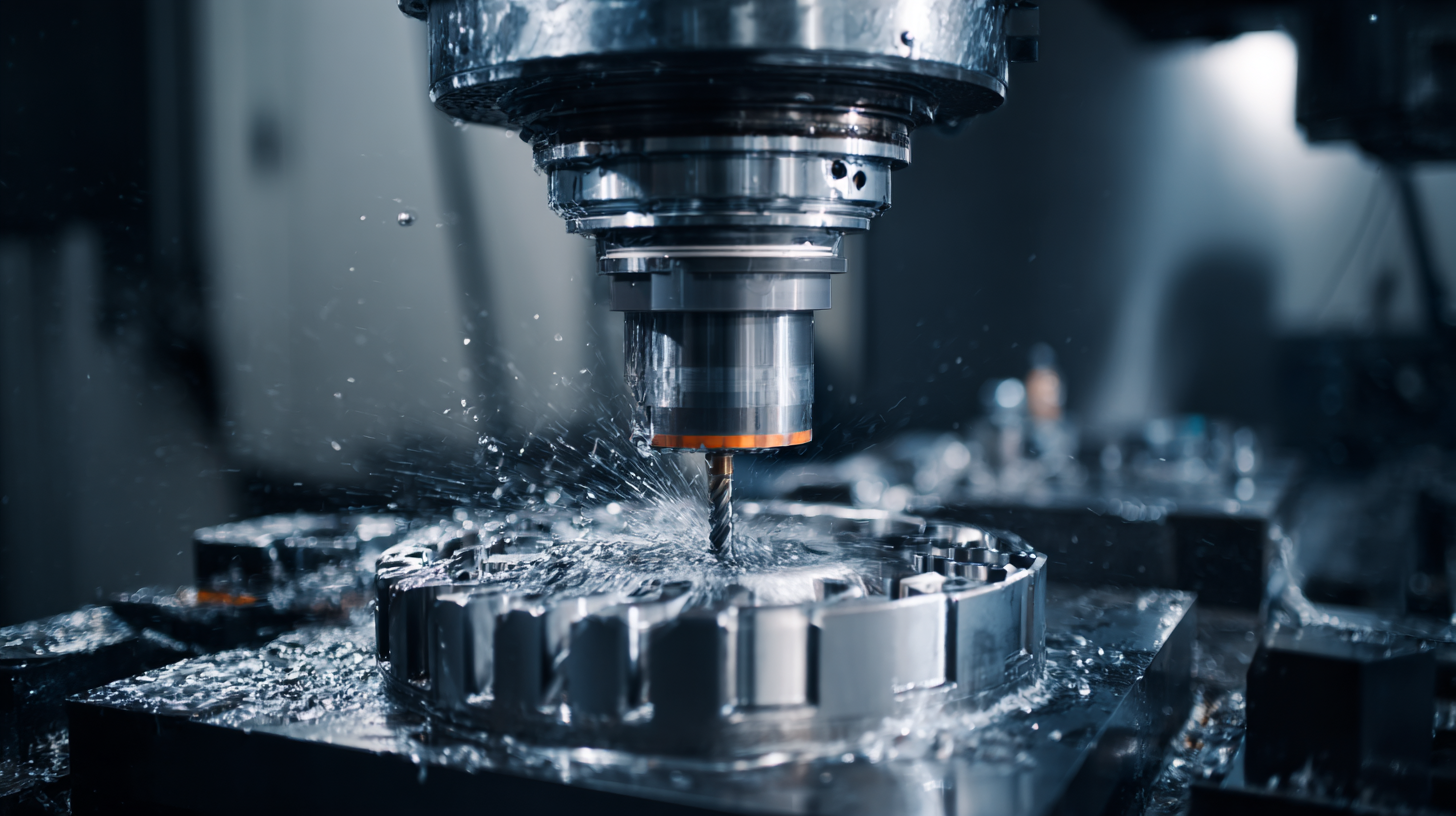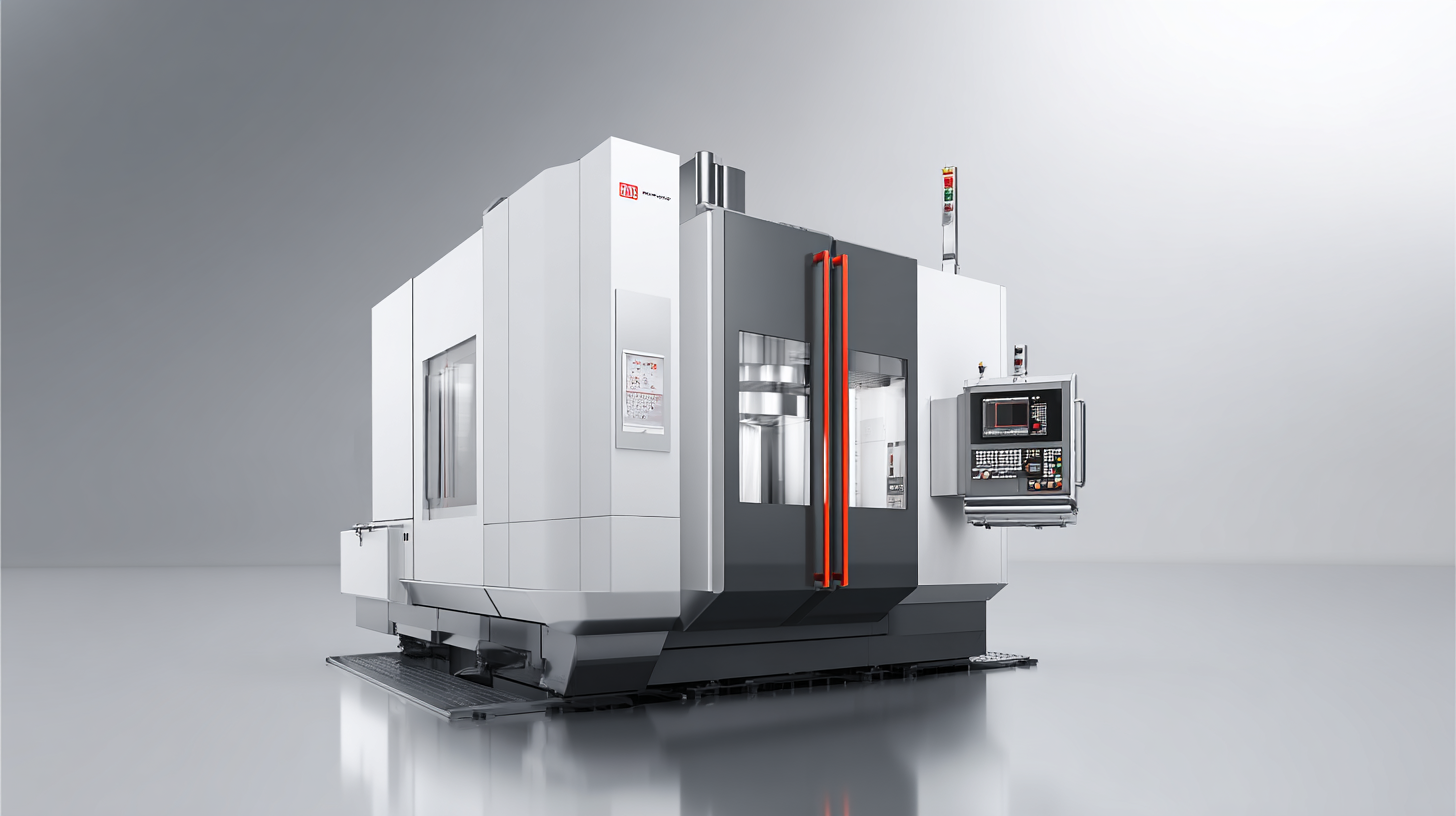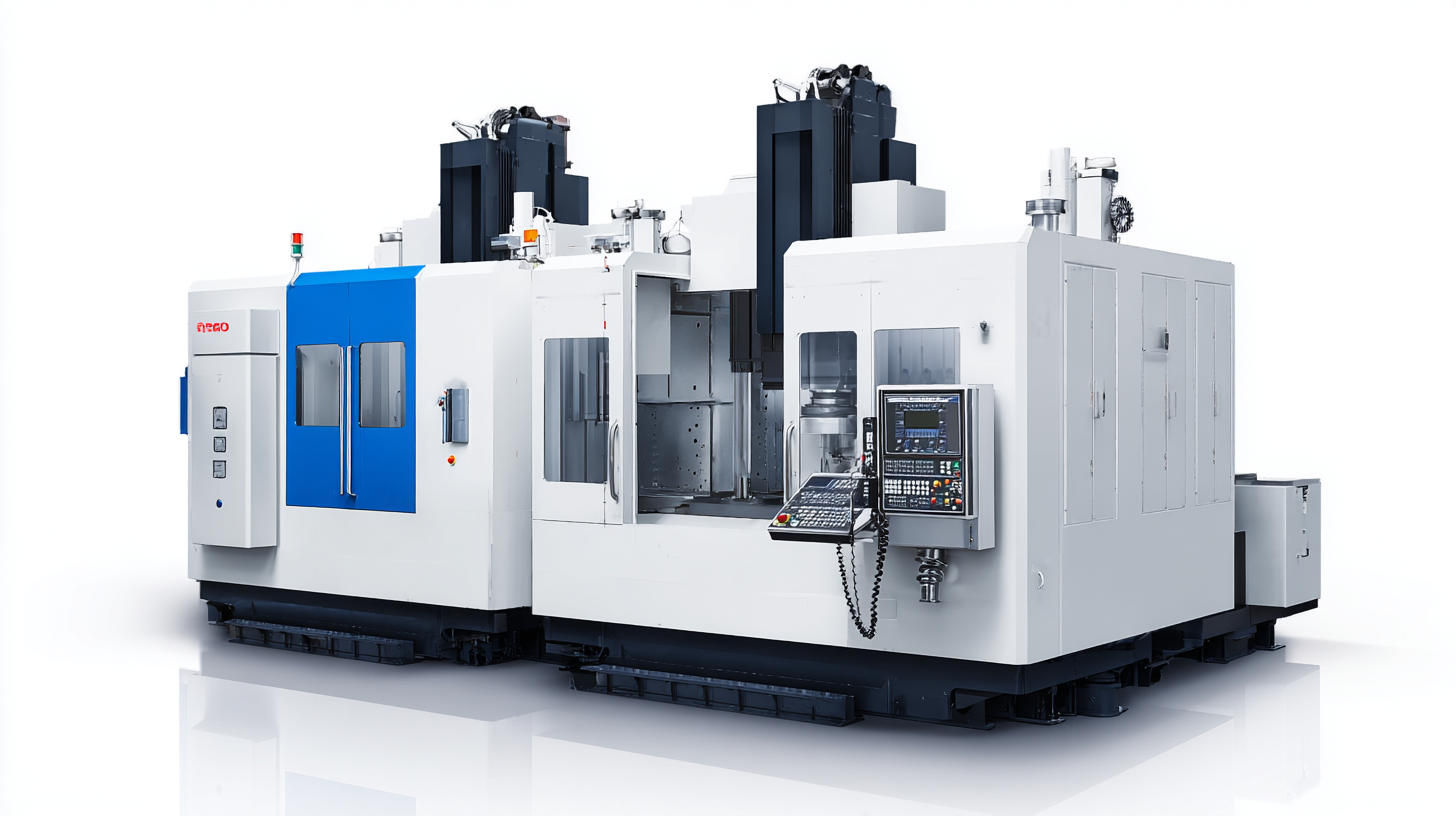Blog
Unveiling the Top 5 Technical Specifications of the Best Machining Center for Optimal Performance
In the ever-evolving landscape of manufacturing, the choice of a machining center serves as a pivotal factor in ensuring operational efficiency and precision. According to recent industry reports, the global machining center market is projected to reach USD 100 billion by 2025, propelled by advancements in technology and increasing demand for automated processes. Machining centers are not only defined by their capabilities in high-speed machining but also by their adaptability to various materials and complex geometries.

Different types of machining centers, including vertical and horizontal configurations, offer unique advantages that cater to specific industry needs, ranging from aerospace to automotive manufacturing. For businesses aiming to gain a competitive edge, understanding the top technical specifications of these machines is essential for optimizing performance and maximizing productivity.
In this blog, we will unveil the key features that make a machining center stand out, ensuring you make an informed decision tailored to your production requirements.
Top Essential Features to Look for in a High-Performance Machining Center
When selecting a high-performance machining center, it's crucial to focus on essential features that ensure optimal efficiency and productivity. According to industry insights from various reports, including the recent trends highlighted in the "Data Center 2030" report, advancements in technology continue to shape the specifications of modern machining centers.
 Key features to consider include precision control systems that offer high-speed machining capabilities, often achieving tolerances within ±0.01 mm. Such precision not only enhances the quality of the finished product but also minimizes waste and maximizes material utilization.
Key features to consider include precision control systems that offer high-speed machining capabilities, often achieving tolerances within ±0.01 mm. Such precision not only enhances the quality of the finished product but also minimizes waste and maximizes material utilization.
Moreover, the integration of advanced automation and intelligent software is increasingly important. Reports indicate that machining centers equipped with smart technology can significantly reduce downtime by employing predictive maintenance, which can decrease operational costs by up to 30%. Additionally, energy efficiency has become a vital consideration; modern centers typically feature energy-saving drives and cooling systems that align with environmental standards. With manufacturers under pressure to optimize performance and sustainability, identifying a machining center that embodies these technical specifications will be imperative for future success in the industry.
Understanding CNC Technology and Its Impact on Machining Center Efficiency
The advancement of CNC technology has fundamentally reshaped the landscape of machining centers, leading to remarkable gains in efficiency across various industries. By integrating digital manufacturing tools, companies can streamline their operations and enhance productivity levels significantly. CNC (Computer Numerical Control) machines allow for precise control of machinery, ensuring that components are manufactured to exact specifications. This automation minimizes human error, reduces material waste, and accelerates production times, making it an essential element in modern manufacturing.
One specific application of CNC technology is seen in the machining of complex components, such as the upper shell of electro-hydraulic servo valves. The machining process requires high precision and intricate designs, which CNC technology adeptly accommodates. Furthermore, recent research has delved into energy consumption within machining operations, identifying key strategies for improving efficiency. By focusing on energy classification and modeling, manufacturers can optimize their tooling processes and contribute to more sustainable production practices, highlighting the multifaceted impact of CNC technology on enhancing machining center performance.

Key Factors That Define the Best Machining Centers for Precision Engineering
When considering the best machining centers for precision engineering, several key factors come into play. First and foremost is the spindle speed. Data derived from the International Society for Precision Engineering and Nanotechnology (ISPEN) highlights that machining centers with spindle speeds exceeding 10,000 RPM can significantly enhance material removal rates and overall productivity. This capability allows engineers to tackle complex geometries with greater efficiency, which is crucial in sectors like aerospace and medical device manufacturing.
Another critical specification is feed rate, which impacts the machining process's overall accuracy and efficiency. According to recent market research by Technavio, leading machining centers often achieve feed rates of 15 meters per minute or higher, allowing for swift part production without compromising quality. Additionally, the rigidity of the machine frame plays a vital role in maintaining precision during high-speed operations. Studies have shown that a robust machine structure reduces vibrations, thereby increasing tool life and ensuring tighter tolerances, ultimately resulting in superior finished products in competitive industries.
Top 5 Technical Specifications of the Best Machining Centers
How to Evaluate a Manufacturer’s Reputation for Quality Machining Solutions
When considering the purchase of a machining center, evaluating a manufacturer's reputation is essential for ensuring quality and performance. A reliable manufacturer often demonstrates industry experience backed by positive customer reviews and testimonials. Look for companies that have established a solid track record in delivering durable and efficient machining solutions, as this can significantly influence your investment's long-term viability.
Additionally, certifications and affiliations with industry standards can serve as indicators of a manufacturer's commitment to quality. For example, ISO certification can reflect adherence to high manufacturing standards. Engaging in discussions with existing customers and consulting online forums can provide insights into the manufacturer's reliability and service support. A strong reputation typically translates into better customer service, timely maintenance support, and a robust warranty program, ensuring that your machining center operates optimally throughout its lifecycle.
Comparative Analysis of Machining Centers: What Makes One Stand Out?
In the realm of machining, choosing the right machining center can drastically influence productivity and precision. According to the latest report from Research and Markets, the global machining center market is projected to grow by 7.8% annually, highlighting the escalating demand for efficient manufacturing solutions. When analyzing various machining centers, key specifications such as spindle speed, tool changer capacity, and axis travel implications stand out. For instance, high-speed spindles operating at 20,000 RPM allow for faster material removal rates, significantly enhancing operational efficiency.
Moreover, the versatility of a machining center is often dictated by its tool changer capacity. A study by Technavio indicates that machines with a tool capacity of over 30 tools can enhance productivity by up to 25%, allowing operators to switch seamlessly between tasks without manual intervention.
Additionally, the dimensions of axis travel—particularly in 5-axis machining centers—can play a crucial role in accommodating complex geometries, resulting in greater flexibility for diverse production needs.
These aspects, combined with robust software integration for real-time monitoring, can define a machining center's suitability in a competitive market.